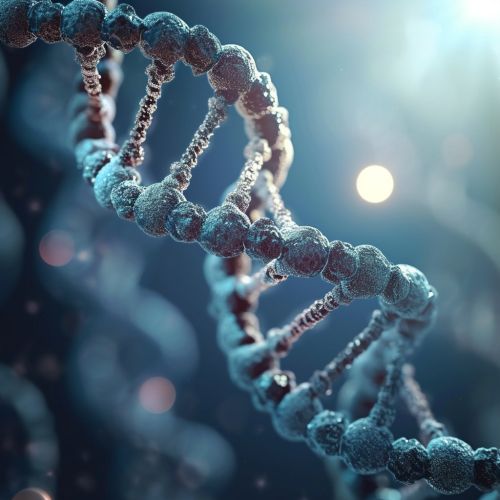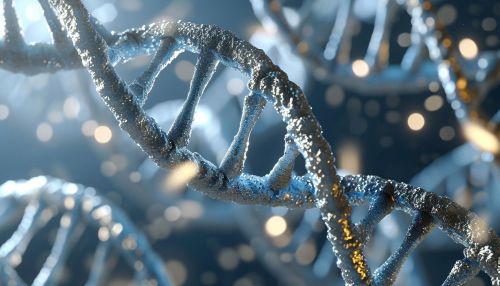DNA Repair and Mutation: A Biochemical Perspective
Introduction
DNA repair is a collection of processes that an organism uses to identify and correct damage to the DNA molecules that encode its genome. In human cells, both normal metabolic activities and environmental factors such as radiation can cause DNA damage, resulting in as many as 1 million individual molecular lesions per cell per day. DNA repair ability is vital to an organism's survival as unrepaired DNA damage can lead to mutation, which can have serious consequences including disease and death.
DNA Damage
DNA damage is an alteration in the chemical structure of DNA, such as a break in a strand of DNA, a base missing from the backbone of DNA, or a chemically changed base such as 8-OHdG. Damage can occur to one of the strands of the DNA double helix or to both. DNA damage caused by reactive oxygen species produced by normal metabolic processes is estimated to occur thousands of times per day in every cell of the human body.
Types of DNA Damage
DNA damage can be categorized into two types. The first is endogenous damage such as attack by reactive oxygen species produced from normal metabolic byproducts (also includes replication errors). The second is exogenous damage caused by external agents such as ultraviolet [UV] radiation from the sun and cancer-causing chemicals.
DNA Repair Mechanisms
Cells are known to employ a diverse range of DNA repair mechanisms. Some of the most common include DNA direct repair, base excision repair (BER), nucleotide excision repair (NER), double-strand break repair (by nonhomologous end joining [NHEJ] or homologous recombination), and mismatch repair (MMR).


Direct Repair
Direct repair is used to reverse damage to the DNA molecule that does not distort the helix structure. An example is the repair of methylation damage such as 1-methyladenine and 3-methylcytosine by oxidative demethylation.
Base Excision Repair (BER)
Base excision repair is responsible for removing small, non-helix-distorting base lesions from the genome. The process is initiated by DNA glycosylases, enzymes that recognize and remove specific types of damaged bases, thereby generating an apurinic/apyrimidinic (AP) site. The AP site is then recognized by an AP endonuclease that cleaves the phosphodiester bond.
Nucleotide Excision Repair (NER)
Nucleotide excision repair is particularly important in removing damage caused by UV light. This repair mechanism removes a single strand of DNA, from a point just upstream of the lesion to a point just downstream.
Double-Strand Break Repair
Double-strand breaks, in which both strands in the double helix are severed, are particularly hazardous to the cell because they can lead to genome rearrangements. Two mechanisms exist to repair double-strand breaks: nonhomologous end joining (NHEJ) and homologous recombination.
Mismatch Repair (MMR)
Mismatch repair fixes errors that are not corrected by proofreading, a function of DNA polymerase during DNA replication. In humans, the majority of mismatch repair is directed by two heterodimers: MutSα and MutLα.
DNA Repair and Mutation
While DNA repair is essential for cell survival, it is not always successful and can even lead to the formation of mutations. Mutations are permanent, transmissible changes to the genetic material (DNA) of a cell, and can arise due to errors in DNA replication if they are not corrected.
Conclusion
DNA repair is a critical process for maintaining the integrity of the genome and preventing genetic diseases. However, even with the variety of repair mechanisms available, damage to DNA is not always corrected, leading to mutations that can have serious consequences.
